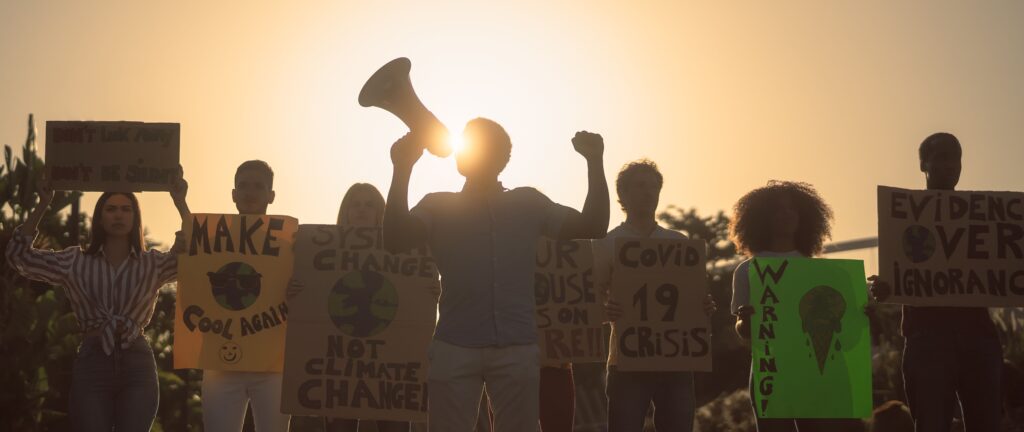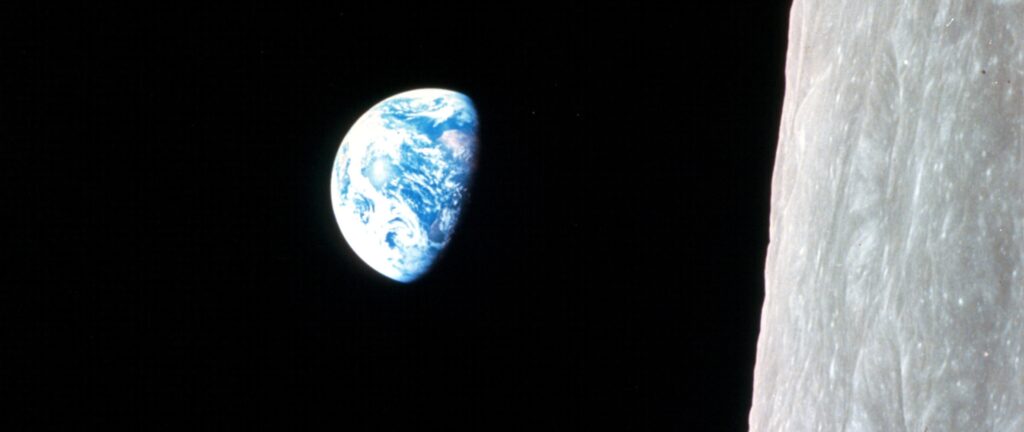How a Book Sparked a Global Movement
April 22 marks the anniversary of Earth Day. What began as a grassroots protest has grown into a global event, with over a billion people now participating annually in support of the environment. But where did it all begin? The story of Earth Day’s origins is rooted in scientific alarm, environmental degradation, and the power of public awareness.

The Spark: Rachel Carson’s Silent Spring
“Man is a part of nature, and his war against nature is inevitably a war against himself.” — Rachel Carson
The seeds of Earth Day were planted in 1962 with the publication of Silent Spring, a groundbreaking book by marine biologist and author Rachel Carson. In it, Carson exposed the devastating environmental effects of widespread pesticide use—particularly DDT, a chemical originally developed to combat malaria-carrying mosquitoes during World War II.
After the war, DDT became a common insecticide in the US, but its effects went far beyond killing bugs. Carson documented how DDT washed into waterways, concentrated in fish, and traveled up the food chain to birds of prey. The chemical caused birds to lay eggs with fragile shells, leading to widespread reproductive failure and population collapse.
Carson’s work initially faced backlash and ridicule, but she persevered, publishing a meticulously researched and highly readable book backed by 55 pages of footnotes. When The New Yorker serialized Silent Spring, the public took notice. The book sold over half a million copies across 24 countries, and the modern environmental movement gained its first major voice.
President John F. Kennedy took action, commissioning a scientific review of Carson’s claims. The committee validated her concerns, and the tide began to turn.

The Environmental Alarm Bells
Following Carson’s lead, scientists formed the Environmental Defense Fund in 1967 to lobby for a ban on DDT. Then, a series of environmental crises shook the public consciousness:
- 1968: Astronaut William Anders took the iconic Earthrise photo from space during the Apollo 8 mission, revealing Earth as a beautiful, fragile sphere suspended in darkness—a powerful reminder of our planet’s isolation.
- 1969: A massive oil spill off the coast of Santa Barbara, California, released up to 100,000 barrels of oil into the Pacific Ocean. The disaster killed wildlife and tainted miles of coastline. Public outrage was so intense that even President Richard Nixon visited the site, acknowledging that “the Santa Barbara incident has frankly touched the conscience of the American people.”
- June 1969: The Cuyahoga River in Cleveland, long polluted by industrial waste, caught fire—again. Although it had burned more than ten times before, this time the fire became national news, sparking public demand for change.
In response, President Nixon addressed Congress in February 1970 with a special message on environmental quality. He called for stricter regulations, greater citizen involvement, and a new national commitment to safeguarding air, water, and land. “We have too casually and too long abused our natural environment,” he said. “The time has come when we can wait no longer.”

The Birth of Earth Day
Inspired by the rising wave of environmental concern, Democratic Senator Gaylord Nelson of Wisconsin visited the site of the Santa Barbara spill and envisioned a nationwide environmental teach-in. Drawing inspiration from the youth-led protests against the Vietnam War, he hoped to galvanize the same kind of activism for the planet.
On April 22, 1970, that vision became reality. The first Earth Day saw more than 20 million Americans (an astonishing 10% of the US population at the time) take to the streets, parks, and auditoriums to demand action. It was a rare show of unity—urban and rural, rich and poor, Democrats and Republicans alike came together to call for an end to environmental neglect.
It remains one of the largest single-day protests in American history.
Earth Day’s Legacy
From Carson’s solitary voice to a nationwide movement, Earth Day transformed how Americans—and eventually the world—think about the environment. The momentum of the 1970 protests helped lead to the creation of the Environmental Protection Agency (EPA), and to landmark legislation such as the Clean Air Act, Clean Water Act, and Endangered Species Act.
Fifty-five years later, Earth Day continues to inspire new generations to protect the planet. As Rachel Carson wrote, we are “challenged as mankind has never been challenged before to prove our maturity and our mastery—not of nature, but of ourselves.”
Thank you so much for spending time with us today! For more about the global impacts of our consumer decisions, check out these other Counting Sheep blogs:
- Made in the USA, and Why It Matters
- A Global Tale of Fast Fashion
- Transform Your Space: Inviting Minimalism Into the Bedroom
- Sustainable Sleep: Why Mattress Recycling Matters
Give us a follow on Instagram, sign up for our newsletter below if you’re not already a Dream Team insider, and until we see you again—sweet dreams!

